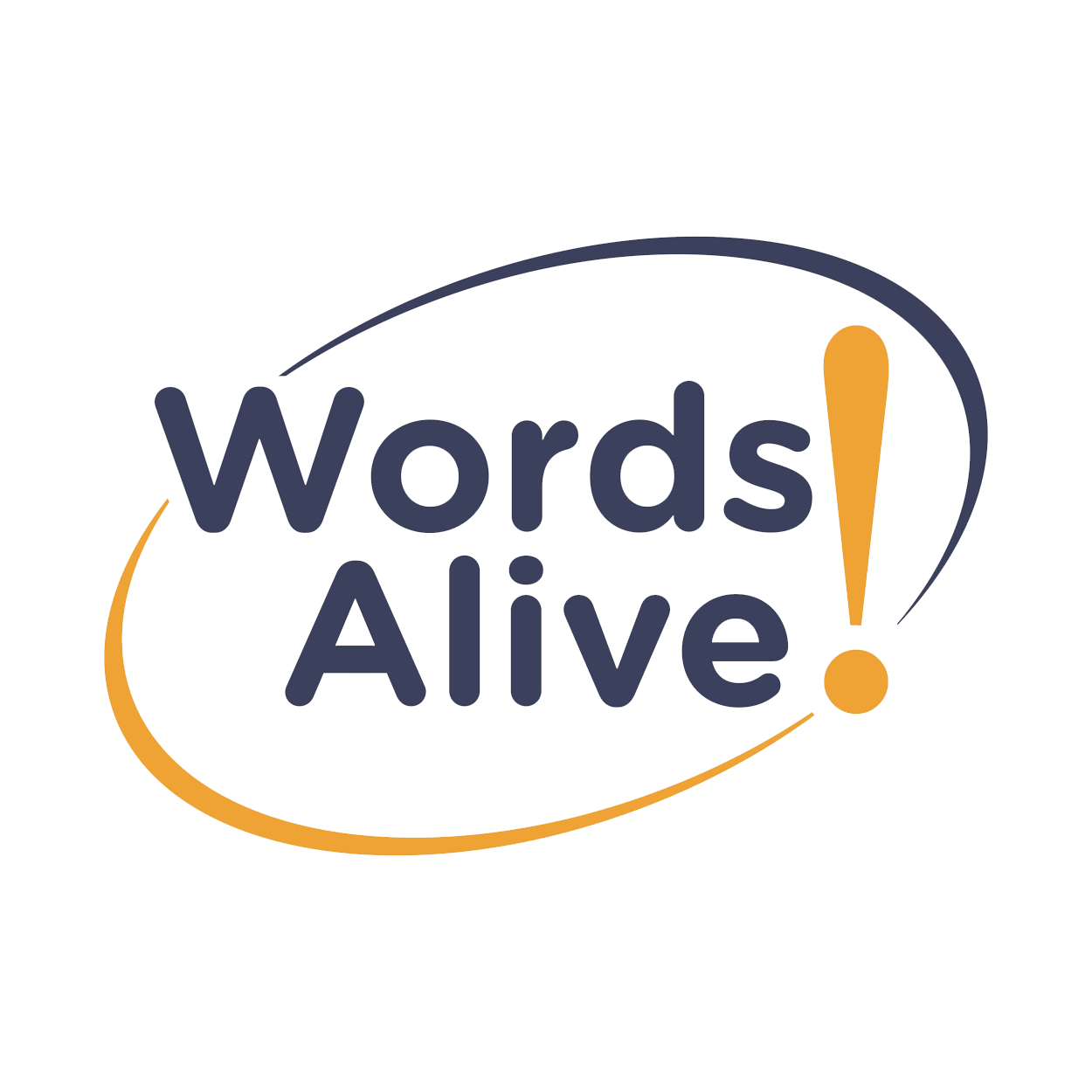By Jennifer Van Pelt
A graphic featuring the text “Read Across America” underneath an image of the hat from Dr. Seuss’s “The Cat in the Hat.”
Read Across America Day falls annually on March 2nd. The holiday was initially founded by the National Education Association (NEA) as a small way to help advocate for the importance reading among children by making it an exciting celebration. Twenty one years later, 3.3 million NEA members support the event. The holiday, which falls on Dr. Suess’s birthday, aims to motivate children to read more at a young age with the goal of creating lifelong successful readers.
The U.S. Department of Education found that, generally, the more students read for fun on their own time, the higher their reading scores. To help encourage this behavior, the NEA comes out with a digital literacy calendar with suggested books for various reading levels that coincide with holidays, events, or unique topics. Included in this calendar is also a list of suggested activities and resources to make reading a more engaging experience. The National Center of Education also found that children who were read to frequently were more likely to count to 20 or above, write their own names, and read or pretend to read, are all very important skills. Integrating reading into a child’s daily routine is imperative to creating a basis to build upon as they grow older.
As a day that is celebrated in many schools, libraries, and community centers, it’s a great opportunity to incorporate Dr. Suess and his incredibly popular children’s books. Thirty years after his passing, his books are still some of the most recognizable, visually intriguing, and entertaining books to read for children and adults alike. As an author who had fun with words and sounds, he helped children get comfortable with phrases they were unfamiliar with. Lines such as, “Then he hides what you paid him away in his Snuvv, his secret strange hole in his gruvvulous glove” encourage both adults and children to use context clues to figure out the meaning of “snuvv” or “gruvvulous” and how they work within the sentence.
Aside from encouraging children to infer, Dr. Seuss also included a lot of lessons in his books. From teaching children about treating the Earth with respect and the importance of sustainability in The Lorax to classics such as The Cat in the Hat, he was able to incorporate a lesson, big or small, into the book. The Cat in the Hat, perhaps one of his most iconic books, is featured in Read Across America media and the hat is even sold with some purchases to bring the celebration full circle.
Read Across America is a great way to help children get excited about something they may often associate strictly with school. Words Alive firmly believes that by extending the spirit of this celebration into an everyday commitment, it has the power to improve lives for the better. If you would like to learn more about the various ways we make reading fun and accessible to children of all ages, click here.



